The core difference between plantar scanner and plantar pressure distribution system
1. Measurement content and functional positioning
Plant scanner
Core function: Obtain static three-dimensional morphological data of the foot (such as foot length, arch height, and plantar contact area) through optical or laser technology, mainly used for foot structure analysis and personalized shoe design.
Data type: Mainly based on geometric morphological data (such as STL/WRL format three-dimensional models), supporting the morphological matching requirements of foot orthotics and insoles.
Plant pressure distribution system
Core function: Use high-precision sensor matrix (such as pressure plate, insole sensor) to capture plantar pressure peak, pressure-time curve and pressure center movement trajectory under dynamic gait, focusing on biomechanical function evaluation.
Data type: Dynamic pressure distribution data (such as heat map, mechanical parameters), used to analyze gait abnormalities, foot and ankle stability and sports injury risks.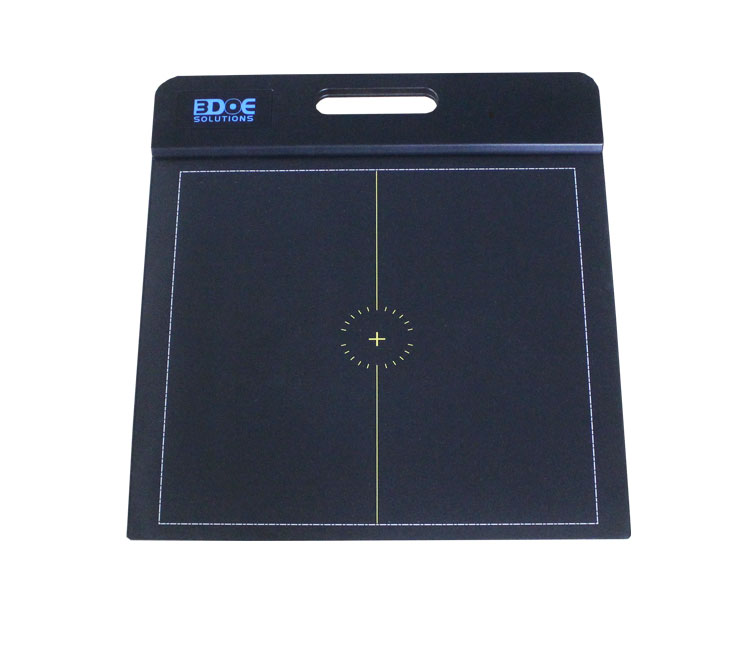
2. Technical principles and measurement methods
Technical differences
Scanner: Relying on non-contact optical scanning (such as structured light, stereo vision), it can generate a three-dimensional foot model without weight bearing, with an accuracy of millimeter level.
Pressure system: The pressure value of the plantar is recorded through piezoelectric film or capacitive sensors. It needs to be measured in standing or walking state, and can quantify dynamic force (such as peak pressure, impulse).
Dynamic and static comparison
The plantar scanner usually only supports static standing position measurement, while the pressure system can analyze the changes in plantar pressure during walking, running and other sports, reflecting the functional compensation mechanism of the foot (such as inversion and pronation tendency, forefoot overload).
3. Application scenarios and target users
Plantar scanner
Applicable fields:
Morphological adaptation of customized footwear (such as orthopedic insoles, sports shoes);
Preliminary diagnosis of foot deformity screening (such as flat feet, high arches).
Typical users: shoemaking companies, rehabilitation institutions, plastic surgeons.
Plantar pressure distribution system
Application areas:
Gait abnormality analysis (such as risk prediction of diabetic foot ulcers, optimization of athlete foot load);
Corrective insole function verification (such as pressure redistribution effect evaluation).
Typical users: rehabilitation doctors, sports medicine experts, biomechanics researchers.
IV. Data complementarity and joint application
Synergistic advantages
The 3D scanner provides the basis for foot morphology, and the pressure system supplements the dynamic functional data. The combination of the two can design a correction scheme that combines morphological fit and biomechanical optimization (such as partitioned support insoles).
For example: obtain the arch height through the scanner, combine the pressure system to identify the abnormal pressure area when the arch collapses, and strengthen the support structure in a targeted manner.
Joint equipment case
Some systems (such as medilogic) integrate pressure insoles with foot scanners to achieve "morphology + function" integrated evaluation and improve the efficiency of insole design.
The plantar scanner focuses on morphological data collection (such as foot size and structure), while the plantar pressure distribution system focuses on biomechanical function evaluation (such as dynamic pressure distribution and gait analysis). The two serve the needs of "morphological adaptation" and "functional correction" for foot health respectively, and are often used in conjunction in clinical and scientific research to achieve precise intervention.

 +86-0755-86131192
+86-0755-86131192 2025-03-20
2025-03-20 Back to list
Back to list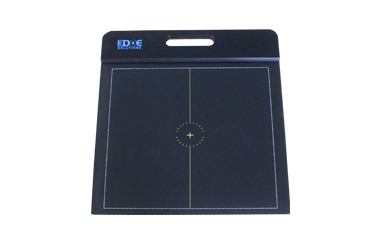
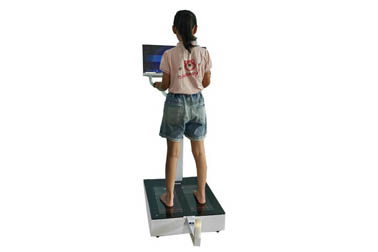
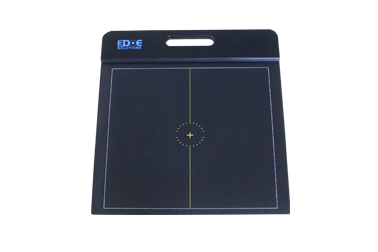

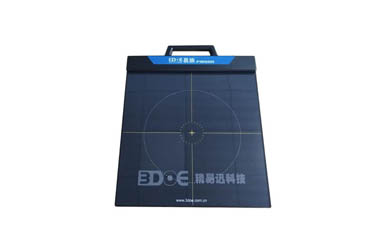
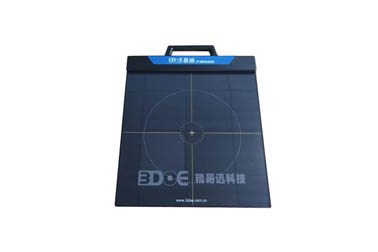



 +86-0755-86131192
+86-0755-86131192